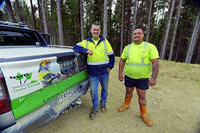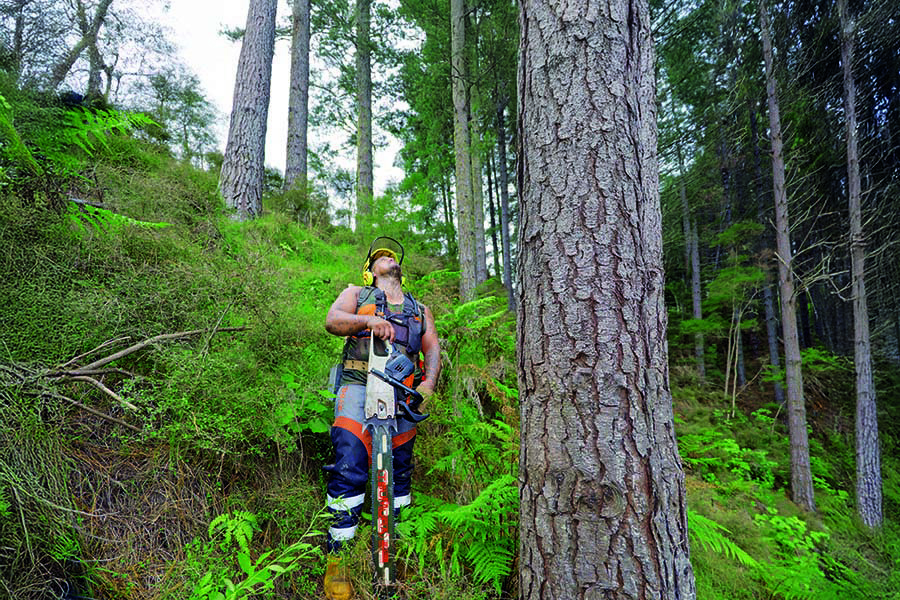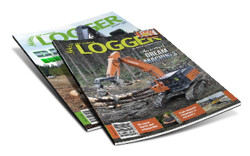
Fatigue is a big risk in forestry, especially for manual tree-fallers. Fatigue can hurt because tired people are more likely to make poor decisions. So, it’s really important to manage fatigue and there are many different ways to do that.
Recently we caught up with Alan Paulson, to talk about how he manages the risk of fatigue in his manual felling crew. Alan, who owns Tairāwhiti Timber Training, is a Safetree certified faller himself and runs a specialist manual felling crew that employs three other fallers. Alan also assesses workers for the Safetree certification scheme, so he knows his stuff.
His approach to managing the risk of fatigue for himself and his crew focuses on working smarter not harder. It includes investing in different equipment, restricting working hours, backing workers to stop when they need to, and working with good clients that support his approach.
Alan says he and the crew are constantly on the lookout for different types of equipment or new ways of working that will help reduce fatigue.
For example, they now work with lighter, smaller saws that have been modified for more power. The crew run Stihl 500 chainsaws that have been ported – modified with things like aftermarket filters and exhausts to give that extra bit of power. The crew finds these light, more powerful saws are great for getting around the hills.
They also use longer, lighter bars. This means that on steeper faces they can do all their cuts from one side of the tree. This is safer, Alan says, because often they’re working in big timber where they can’t easily get up and walk around the tree.
“Having a lighter saw with more power and a bigger bar can make a big difference to the amount of energy a faller uses up when working on a steep face,” he says.
The saws are also relatively resilient – Alan says he’s averaging two to three years out of the ported saws without any problems.
The crew has also opted to use axes instead of hammers. A lot of kiwi fallers use a four-pound hammer, but Alan says the advantage of swapping to a four-pound axe is that when a faller needs to hit on a wedge, the axe has a long handle meaning there’s more force behind the swing.
“The change has been a big help in reducing fatigue. Also, the way the axe sits on the faller’s belt means they hardly notice them there,” he says.
When the crew is doing high-risk jobs, like working in windthrow, they work in pairs and need to be able to communicate easily. So they use helmets with Protos Bluetooth headsets that enable instant direct communication between the workers.
Taking the pressure off
“All these small improvements in weight and ways of working enable the crew to work faster and more easily, which not only reduces fatigue, but makes them more productive,” Alan says.
That improvement in productivity has enabled him to limit working time on...






